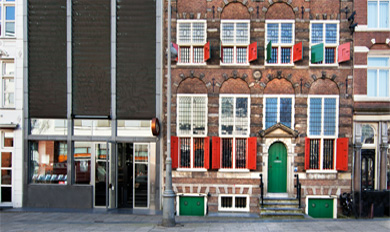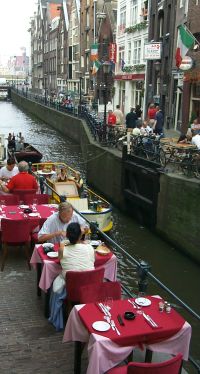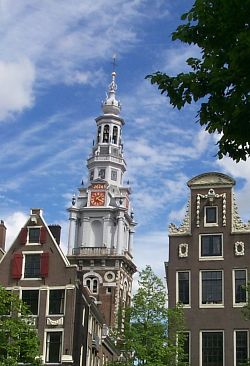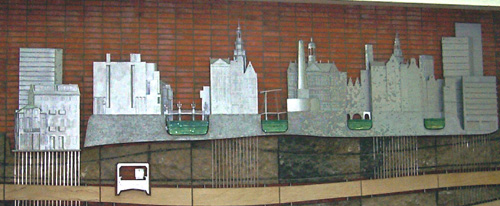
The Rembrandthuis Museum is where the famous painter established his own studios here in Amsterdam, and lived with his family from 1639 to 1658.
He eventually left after declaring bankruptcy, and the home has been restored with approximations of it’s original furnishings based on an inventory of his possessions from that time.
Most of the building is devoted to his daily life from the time, and is of course, filled with paintings and art.
Part two of the museum is the new museum wing, where you will find exhibition rooms. The museum shop, the entrance to the museum café, the auditorium and the Rembrandt Information Centre are also located in the new wing.
On the fifth floor is the Rembrandt Information Center, where you can research on DC-rom, in books and other publications. By appointment only.


 >
>
 The Zeedijk has been renovated and is now a wonderful pedestrian mall that wanders through the oldest part of Amsterdam. Once the shipping center of Amsterdam, it’s now home to Amsterdam’s Chinatown with restaurants, pubs, small shops, and many residences hidden away on upper floors.
The Zeedijk has been renovated and is now a wonderful pedestrian mall that wanders through the oldest part of Amsterdam. Once the shipping center of Amsterdam, it’s now home to Amsterdam’s Chinatown with restaurants, pubs, small shops, and many residences hidden away on upper floors.  The Zuiderkerk (Southern Church), designed by the famous architect, Hendrick de Keyser, was finished in 1611, with the beautiful tower completed in 1614. It was the first Calvist church in Amsterdam. Major reconstruction was done during 1976-1979.
The Zuiderkerk (Southern Church), designed by the famous architect, Hendrick de Keyser, was finished in 1611, with the beautiful tower completed in 1614. It was the first Calvist church in Amsterdam. Major reconstruction was done during 1976-1979.